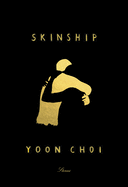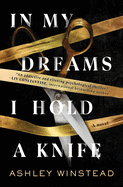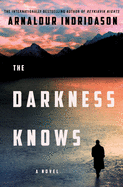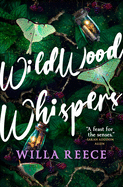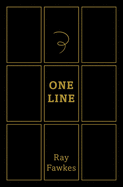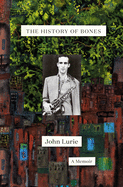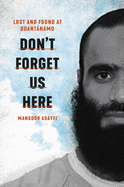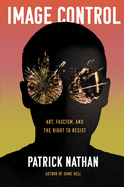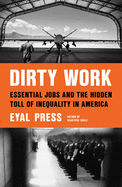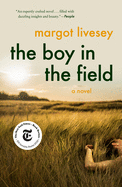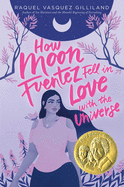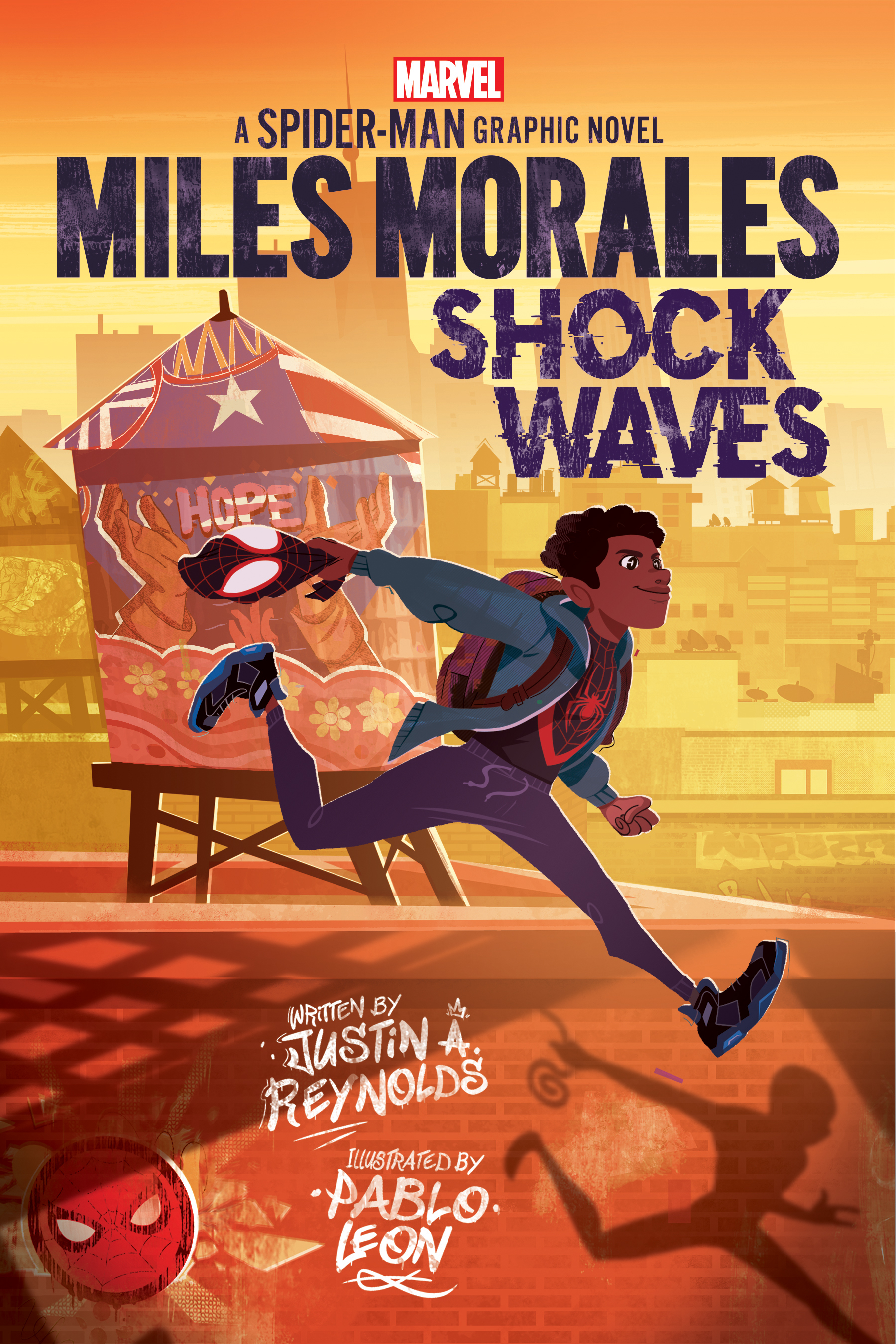 Author Justin A. Reynolds and illustrator Pablo Leon collaborated on the middle-grade Spider-Man graphic novel Miles Morales: Shock Waves (Scholastic Graphix; hardcover $24.99/paperback $12.99). Here they discuss how the book came to be, and the joy and struggle involved in writing complex characters and stories during difficult times.
Author Justin A. Reynolds and illustrator Pablo Leon collaborated on the middle-grade Spider-Man graphic novel Miles Morales: Shock Waves (Scholastic Graphix; hardcover $24.99/paperback $12.99). Here they discuss how the book came to be, and the joy and struggle involved in writing complex characters and stories during difficult times.
Justin A. Reynolds's debut YA novel, Opposite of Always, was an Indies Introduce Top Ten Debut, a School Library Journal Best Book of 2019 and is being developed for film by Paramount Players. His second YA novel, Early Departures, was a Kirkus Best of 2020. Reynolds is the co-founder of the CLE Reads Book Festival, a Cleveland-area event for middle-grade and YA writers. He lives in northeast Ohio with his family.
Pablo Leon is an artist and designer from Guatemala. His original graphic story The Journey, the true account of a girl migrating from Latin America to the U.S., was a 2019 Eisner Award nominee. He lives in Los Angeles, Calif.
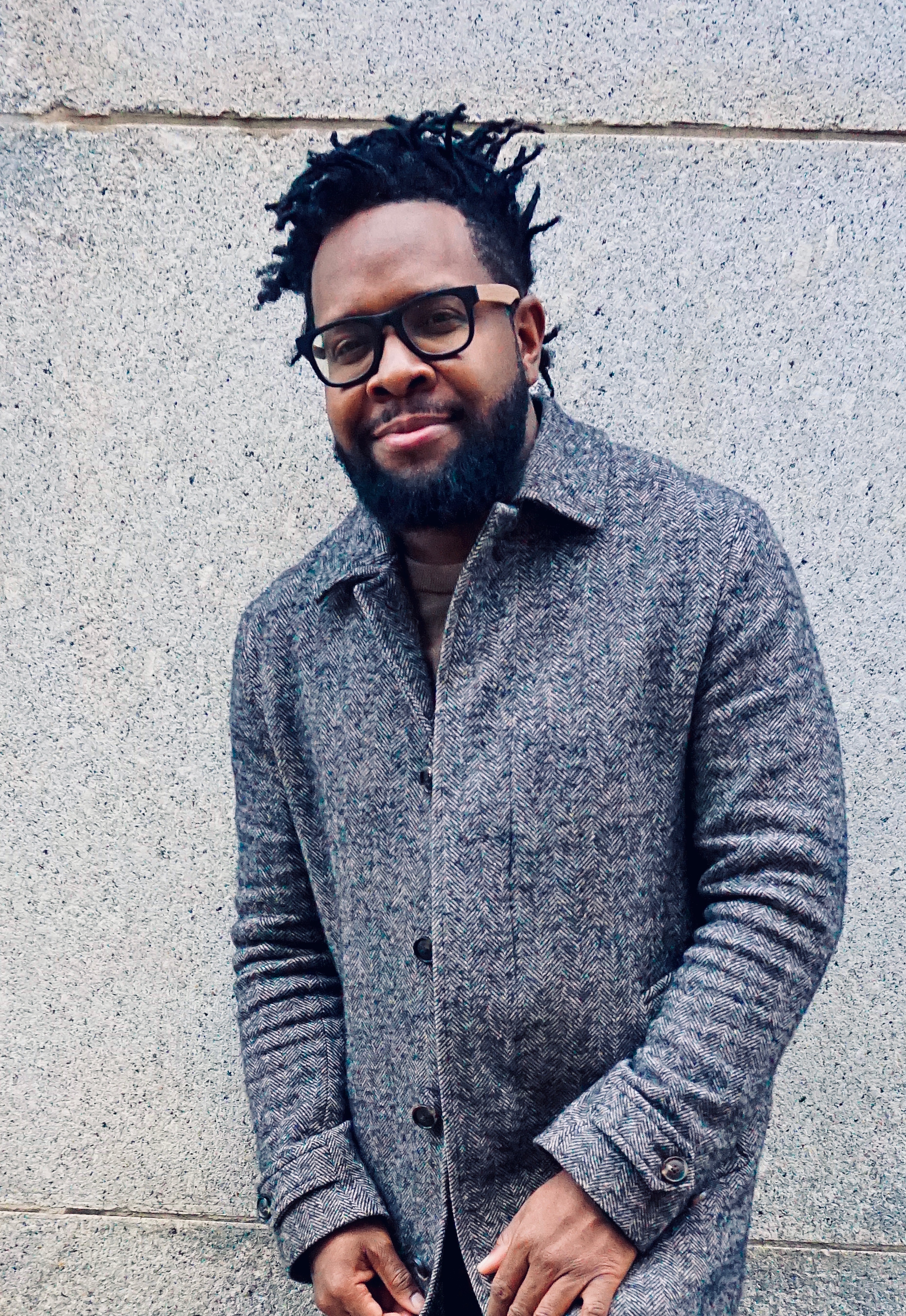 |
| Justin Reynolds |
Justin Reynolds: Wow, Pablo, first of all, I can't believe how time has flown! We have an actual graphic novel in the world now and it's Miles Morales! I'm still trying to wrap my brain around it, to be honest.
Pablo Leon: It's been incredibly thrilling! It's an honor that we got to play around with Miles's character and his world. It's not often that people from our backgrounds get to do this, so it's been a new experience and fun ride.
You've written a couple of books before, but this was your first experience with superhero comics and graphic novels. How did you feel about the process? Was it difficult to write for something that was already established?
Reynolds: Obviously, when I got tapped to work on a Miles Morales story, it didn't take much convincing. As a novelist, though, being asked to use considerably fewer words to the same dramatic effect, I was nervous. But the experience was a blast! As a huge comic fan, it was so fun deep diving into the Marvel Universe and studying the great stories that came before. Having the chance to add to an already amazing legacy was a true honor.
This was also your first superhero book experience. What was your favorite part of the process?
 |
| Pablo Leon |
Leon: The very early character designs and concepts--that whole "let's try and see how it works" stage of design--is always my favorite part of any project. It was my first time working this closely with a legacy character and I'd be lying if I said I wasn't nervous, too. You definitely want to inject a little bit of you into it, not step on anyone that came before and, most importantly, make the character relatable to the reader.
We had the opportunity to create new characters in this story, Vex and Trinity. They're not particularly the good guys, but they're not "evil-evil," either. What made you decide to write these characters this way?
Reynolds: They absolutely exist somewhere between good and evil. I think that's where most superheroes and supervillains live--in this complex, often morally gray area, whereby every decision pushes them closer to either extreme. People are complicated. Very few people are just one thing. Our motivations, needs, wants and fears are sometimes in conflict.
How did you feel drawing these two new characters from scratch?
Leon: Oh man, I had a blast designing them. Vex came a little bit easier, as she's very much based off my partner (sorry, Becky). Trinity was a different story. I think I watched a lot of campy post-apocalyptic movies and mashed all that "half-armor put together" look.
As we were working on Shock Waves last year, there were a lot of things happening, with the pandemic, recession and, of course, protests against racial injustice. There were times where it was difficult for me to focus on work. Did you have a similar situation, and how did you power through?
Reynolds: Initially, I don't think it impacted my approach to writing, but as time went on, it took a mental and emotional toll. For me to create, I need a certain head- and heartspace and, gradually, that space was harder to come by. At times, I felt so mentally drained and disconnected from my creative energy. Fortunately, I have a great support network. That, along with many long walks and meditation, helped me tap back into my storytelling. And it's strange because I think I produced some of my best work.
Leon: Honestly glad to hear that. It was similar for me--I had a lot of ups and downs in the beginning and as things got a little darker, it was harder to focus on work and not feel emotionally drained. Thankfully I was able to step back for a little bit and relax. I think when I was able to do that, something clicked, and the rest feels like a blur.
My last question for you: If given the chance, would you go back into the Spider-world? Or is there another character that you're dying to write about?
Reynolds: Yes, 100%! I'd love to hang out with Miles and Ganke some more. Beyond those two, I've always found Blue Marvel fascinating. I mean, he's out here single-handedly manipulating black holes. How about you? Who else would you love to get your hands on?
Leon: Nice, Blue Marvel is amazing! I'd love to see more adventures of Miles and Kyle as well. I wouldn't stray too far from the Spider family--I love Anya Corazon, aka Spider-Girl, and would love to see her in the spotlight.
Reynolds: That's awesome! I'm glad we got to take a moment to reflect on this whole journey. I'm so happy we worked on this project together. This has been the kind of experience that I think bonds you forever. So, thank you for your incredible artistry and I hope we get to team up again in the future. In the meantime, I can't wait to see what everyone thinks about Shock Waves!
Justin A. Reynolds & Pablo Leon Talk About Shock Waves
 I would love to see someone use the world of Darcie Little Badger's Elatsoe (Levine Querido, $18.99) as background for play. The book is a supernatural murder mystery that takes place in a U.S. that has Fairy Ring Transportation Centers, endless fields of scarecrows with human eyes and Lipan Apache ghost whisperers. It's Indigenous Sookie Stackhouse for the teen set, and I can't think of anything more enjoyable.
I would love to see someone use the world of Darcie Little Badger's Elatsoe (Levine Querido, $18.99) as background for play. The book is a supernatural murder mystery that takes place in a U.S. that has Fairy Ring Transportation Centers, endless fields of scarecrows with human eyes and Lipan Apache ghost whisperers. It's Indigenous Sookie Stackhouse for the teen set, and I can't think of anything more enjoyable.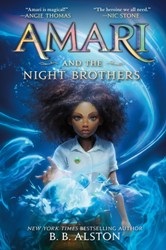 B.B. Alston's Amari and the Night Brothers (Balzer + Bray, $8.99) is another world that game players would undoubtedly love to inhabit, featuring supernatural creatures hidden in plain sight. Amari gets pulled into working with the Bureau of Supernatural Affairs, "the link between the known world and the hidden," where humans work alongside magical beings in bureaucratic units like the Department of Supernatural Health.
B.B. Alston's Amari and the Night Brothers (Balzer + Bray, $8.99) is another world that game players would undoubtedly love to inhabit, featuring supernatural creatures hidden in plain sight. Amari gets pulled into working with the Bureau of Supernatural Affairs, "the link between the known world and the hidden," where humans work alongside magical beings in bureaucratic units like the Department of Supernatural Health.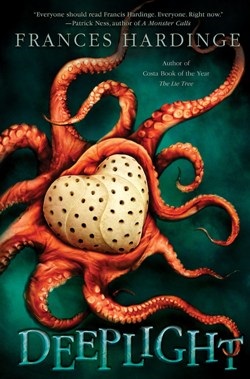 Frances Hardinge is a seemingly inexhaustible source of bizarre, creepy and utterly original worlds. In Deeplight (Abrams, $19.99), she gives a nod to Lovecraftian horror in her own brilliant way, with oceanic terrors that are massive and unknowable. A Face Like Glass (Abrams, $10.99) takes place in Caverna, a mad, marvelous underground world filled with artisan-crafted luxuries; however, these tunnel dwellers are unable to adjust their facial features into expressions.
Frances Hardinge is a seemingly inexhaustible source of bizarre, creepy and utterly original worlds. In Deeplight (Abrams, $19.99), she gives a nod to Lovecraftian horror in her own brilliant way, with oceanic terrors that are massive and unknowable. A Face Like Glass (Abrams, $10.99) takes place in Caverna, a mad, marvelous underground world filled with artisan-crafted luxuries; however, these tunnel dwellers are unable to adjust their facial features into expressions.


 Author Justin A. Reynolds and illustrator Pablo Leon collaborated on the middle-grade Spider-Man graphic novel Miles Morales: Shock Waves (Scholastic Graphix; hardcover $24.99/paperback $12.99). Here they discuss how the book came to be, and the joy and struggle involved in writing complex characters and stories during difficult times.
Author Justin A. Reynolds and illustrator Pablo Leon collaborated on the middle-grade Spider-Man graphic novel Miles Morales: Shock Waves (Scholastic Graphix; hardcover $24.99/paperback $12.99). Here they discuss how the book came to be, and the joy and struggle involved in writing complex characters and stories during difficult times.

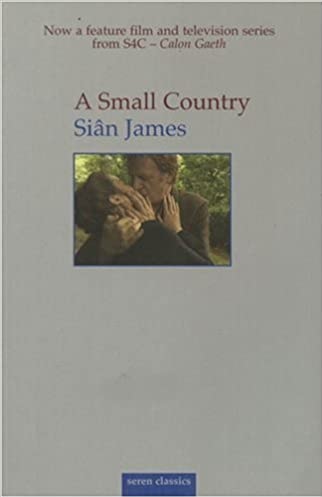 Novelist
Novelist 